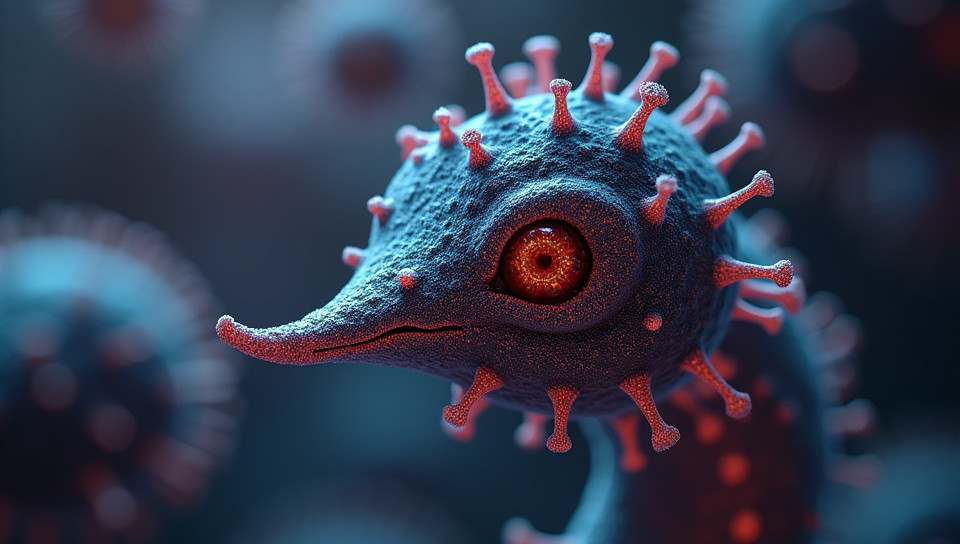CRISPR may not be effective for complex traits 76%

CRISPR: A Double-Edged Sword for Complex Traits
The recent advancements in CRISPR gene editing technology have opened up new avenues for treating genetic diseases and improving crop yields. However, as researchers continue to explore the possibilities of CRISPR, a growing body of evidence suggests that its effectiveness may be limited when it comes to complex traits.
What are Complex Traits?
Complex traits are characteristics or conditions that result from the interaction of multiple genes and environmental factors. Examples of complex traits include height, weight, blood pressure, and susceptibility to certain diseases such as diabetes or heart disease. Unlike simple traits, which are determined by a single gene, complex traits cannot be easily predicted or controlled.
The Challenges of CRISPR for Complex Traits
One of the main challenges with using CRISPR to edit genes related to complex traits is that it's often difficult to predict how the edits will affect the overall trait. This is because complex traits result from the interaction of multiple genes and environmental factors, making it challenging to identify the specific genetic targets for editing.
Limitations of Current CRISPR Technology
Another limitation of current CRISPR technology is its inability to efficiently edit genes in every cell of an organism. For example, in humans, some cells may not take up the CRISPR-Cas9 complex or may repair the edited gene, rendering the edits ineffective.
The Future of CRISPR for Complex Traits
While CRISPR has shown promise in treating certain genetic diseases, its effectiveness for complex traits remains uncertain. To overcome these challenges, researchers are exploring new approaches to CRISPR technology, such as base editing and prime editing, which may offer more precise and efficient ways to edit genes.
- Some potential alternatives to CRISPR include:
- Base editing: a method that allows for the direct conversion of one DNA base to another without making a double-stranded break in the genome.
- Prime editing: a technology that combines the precision of CRISPR with the efficiency of homology-directed repair (HDR).
- Gene regulation: an approach that focuses on controlling gene expression rather than editing the genes themselves.
Conclusion
While CRISPR has revolutionized the field of genetics and holds great promise for treating genetic diseases, its effectiveness for complex traits remains a topic of debate. As researchers continue to explore new approaches to CRISPR technology and alternative methods for modifying genes, it's essential to remain cautious and acknowledge the limitations of current CRISPR technology. By doing so, we can avoid unrealistic expectations and focus on developing more effective solutions for treating complex traits.
- Created by: María Fernanda Fuentes
- Created at: Jan. 13, 2025, 2:21 p.m.
- ID: 17741







